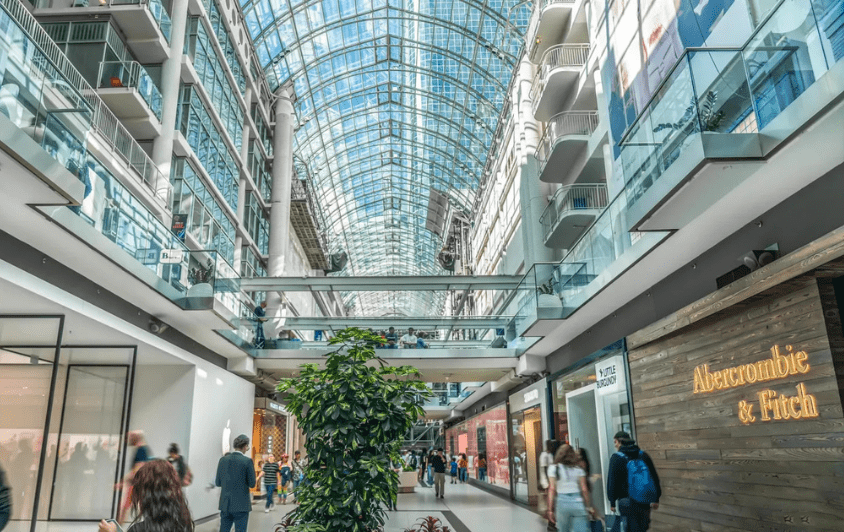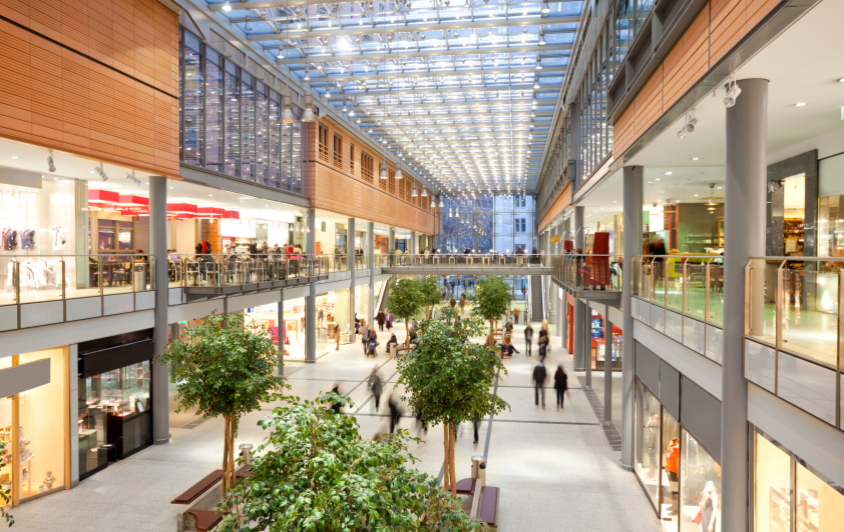On May 12, I had the pleasure and honor of hosting a webinar on the “Key aspects influencing the transformation of shopping centers and outlets in Italy,” which was co-moderated by two authoritative business leaders in the retail sector, Roberto Zoia, President of CNCC and Director of Asset Management at IGD SIIQ Spa and Volker Stinnes, CEO of Land of Fashion.
In the Webinar, we discussed the following:
- The impact of the pandemic on the retail industry
- Changes in consumer habits
- How shopping malls and outlets are preparing to respond to these changes
- Which consumer trends and behaviors will remain post-pandemic
This article aims to summarise the topics covered during the Webinar and provide insight to help the management of Italian (and non-Italian) shopping centers and outlets achieve their goals and increase success.
Italian consumers want to go back to shopping in malls and outlets. In fact, in August 2020, the average turnover of companies operating in the retail sector reached similar levels to those recorded in 2019. These numbers reassured all of us in the industry, despite the alarming data about reopening centers in China from April 2020.
The data for the first months of 2021 bode well: Italian shopping centers and outlets were allowed to remain open five days a week. During opening days, the recorded sales were very similar to those that occurred in the years leading up to the pandemic. On May 18, the National Council of Shopping Centres announced that shopping centers and outlets would be allowed to stay open during public holidays from May 22 onwards – this will undoubtedly drive sales and footfall. While the data and general sentiment are highly favorable to shopping malls and outlets, the pandemic has changed many aspects of our daily lives, including shopping behaviors. A recent survey showed that Italian consumers want to return to in-store shopping to touch and try on goods. This is similar to pre-pandemic times. However, that same survey also showed that more than one in ten shoppers (15%) started using an app, and 68% plan to continue using it.
Offline and Online Shopping Worlds
It is essential not to ignore the expectations of these “new consumers.” To retain them, the offline and online worlds must merge to create the perfect mix of physical experiences and digital technologies. The pandemic has accelerated the transition process of the retail world toward increasing digital scenarios. The digital space was initially perceived as a threat when it was first introduced, but today it represents opportunity and is arguably one of the biggest drivers of business success. It is a means to attract more customers to shopping centers and helps to provide them with cutting-edge experiences.
The omnichannel strategy gained even more value during the pandemic because shopping centers and outlets did everything possible to keep the relationship with their customers alive. The inability to interact with customers offline made them realize how crucial omnichannel digital communication is for achieving and maintaining lasting success. Engaging customers through different channels, such as social media, email, and push notifications, combined with the ability to purchase products online, are essential elements in nurturing stable and lasting relationships with shoppers.
Shopping Center Tech is Evolving
Having a CRM (of the shopping center or outlet) containing rich and detailed customer profiles is the most effective way to send personalized communications that can add value to the customer experience.
In this profiling and segmentation process, the collaboration between landlord and tenant plays an essential role. In the past, such cooperation was not common, mainly because brands felt they did not need the support of landlords to build a solid customer base. The pandemic has shown that collaboration and joint efforts have made it possible to survive and, in the long term, will allow us to achieve ambitious results.
During the pandemic, customers have evolved and will continue to do so after it ends, so retail destinations need to adopt new ways to engage the new shopper. At Coniq, we have developed a tool that allows you to identify the different stages of the journey toward digital transformation and assist in planning the steps necessary to create an omnichannel retail destination for loyal customers.
Where & How Your Mall Should Communicate With Customers
This image divides the changes into four quadrants. The Y-axis represents the focus on the customer, while the X-axis shows the center’s propensity to use different channels.

The change begins in Quadrant 1, which provides customers with a traditional physical mall/outlet experience. Technologically more mature organizations will likely find themselves offering their customers a “digital retail destination” – defined in the lower right quadrant. Our experience, however, teaches us that many shopping centers and outlets are currently located in quadrant number 2. This means they boast an advanced center equipped with innovative services mainly involving non-digital channels. The ideal location, towards which successful shopping centers and outlets must strive, is the one at the top right. In quadrant number 4, the center offers a fluid and advanced experience involving physical and digital channels.
I want to highlight that the change must not be expensive or complex and that the steps necessary to achieve digital objectives differ for everyone. The fundamental starting point is to clearly define one’s goals, being aware that how you reach them depends on your organization and the needs and characteristics of your customers.
While it is true that there is no magic formula valid for all shopping centers and outlets, it is also true that there are macro areas to work on that guarantee the development of winning strategies.

The Digital Mall
As far as digitization is concerned, Italy has a lower level than other countries in the world. However, this should not be seen as a problem: it is quite the opposite, as it is an opportunity. We could compare this situation to the one Japan found in the 1980s when the country did not have the same infrastructure as the rest of the world. Japan’s strategy was to invest in even more advanced technologies, making its infrastructure outclass that of the rest of the world.
Acquiring Customer Data
Acquiring relevant data from different channels is essential, and shopping centers and outlets that move in this direction will be able to know their consumers and attract them more easily. Competitors will leave behind organizations that do not embrace data.
The Omnichannel Approach
Retail organizations must approach customers and truly understand what motivates them to build empathy and loyalty over time. To be successful, you must be able to communicate with consumers by knowing who they are. All this requires the involvement of the consumer in-store, online, and through different touchpoints.
I want to thank Roberto and Volker for actively participating in the Webinar and sharing their insights, and if you’d like to watch the on-demand version, please visit our website. I will be hosting a series of webinars this year, and if you’d like to join me or discuss this further, please contact us at marketing@coniq.com.






